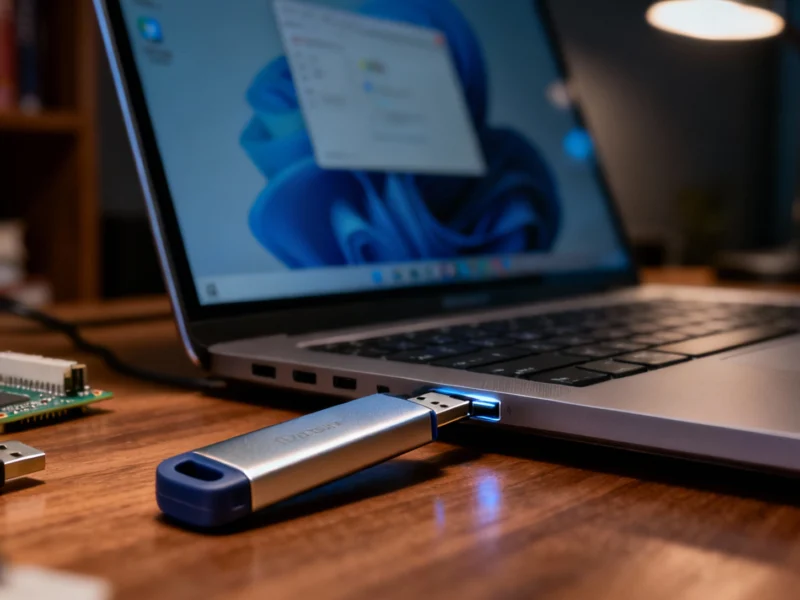A newly discovered Android exploit represents a significant threat to mobile security, capable of stealing sensitive information directly from your screen—including two-factor authentication codes and private messages. Dubbed “Pixnapping,” this attack method bypasses traditional security measures by exploiting fundamental rendering processes within the Android operating system.
Understanding the Pixnapping Attack Vector
The Pixnapping technique, detailed in a comprehensive research paper titled “Pixnapping: Bringing Pixel Stealing out of the Stone Age”, was developed by academic researchers from multiple prestigious institutions. Unlike traditional malware that requires permission abuse, this attack exploits existing Android APIs, pixel rendering mechanisms, and a hardware side channel to extract sensitive visual information.
According to security reports from The Register, the attack begins when a user unknowingly installs a malicious mobile application on their Android device. The malicious app doesn’t need special permissions because it leverages inherent system functions that are normally available to all applications.
How Pixnapping Works: The Three-Stage Attack Process
The attack methodology involves three distinct stages that work together to capture sensitive information pixel by pixel. Researchers named the technique “Pixnapping” due to its abuse of individual pixels rendered by target applications like authentication tools and messaging apps.
Stage One: System Call Invocation
The malicious application first invokes a target app and makes a system call that prompts the submission of sensitive data to Android’s rendering pipeline. This initial step establishes the foundation for the subsequent pixel capture process without triggering traditional security alerts.
Stage Two: Graphical Operations and Masking
During this phase, the malicious app induces graphical operations by launching a semi-transparent layer over individual sensitive pixels rendered by the target application. This technique specifically targets areas where sensitive information appears, such as when an authentication app displays 2FA codes. The process uses masking to isolate, enlarge, and determine the graphical nature of the targeted pixels.
Stage Three: Side Channel Exploitation
The final stage involves abusing a side channel called GPU.Zip to systematically steal the pixels on display. This method essentially allows the malicious app to capture a form of “screenshot” of content it should not have access to, extracting information one pixel at a time to reconstruct sensitive data.
Real-World Impact and Successful Demonstrations
Researchers conducted extensive testing across multiple devices and applications, demonstrating the practical danger of this exploit. During experiments, the team successfully leaked 100 two-factor authentication codes within the required 30-second window on Google Pixel devices, though capturing all six digits from Google Authenticator showed varying success rates.
“We have demonstrated Pixnapping attacks on Google and Samsung phones and end-to-end recovery of sensitive data from websites, including Gmail and Google Accounts, and apps, including Signal, Google Authenticator, Venmo, and Google Maps,” the researchers confirmed. “Notably, our attack against Google Authenticator allows any malicious app to steal 2FA codes in under 30 seconds while hiding the attack from the user.”
Testing revealed device-specific variations in vulnerability. While the attack proved highly effective on Google Pixel models including the Pixel 6, Pixel 7, Pixel 8, and Pixel 9, researchers noted significantly reduced effectiveness on the Samsung Galaxy S25 due to “significant noise” in the pixel capture process.
Security Response and Patch Information
The security vulnerability has been officially tracked as CVE-2025-48561 in the National Vulnerability Database. Google has already issued initial patches, with the technical details available through the Android Open Source Project repository.
According to the Android Security Bulletin, the current patch mitigates Pixnapping “by limiting the number of activities an app can invoke blur on.” However, researchers have privately disclosed a workaround to Google, indicating that the initial fix provides only partial protection against this sophisticated attack vector.
Google has confirmed that a more comprehensive patch is scheduled for release in the December Android security update. The company told security reporters that there’s currently no evidence of active exploitation in the wild, but users should remain vigilant about the applications they install.
Protection Recommendations and Security Best Practices
While waiting for complete patches, Android users should adopt several security measures to protect against potential Pixnapping attacks. These precautions become especially important given that traditional permission-based security models don’t prevent this type of exploit.
Application Source Verification
Only install applications from trusted sources like the Google Play Store, and carefully review app permissions and developer information before installation. Be particularly cautious with applications that request unnecessary system access or come from unknown developers.
System Updates
Ensure your Android device receives regular security updates promptly. The partial patch for CVE-2025-48561 should be applied as soon as available, and users should watch for the comprehensive December update to fully address this vulnerability.
Alternative Security Measures
Consider using hardware security keys or push-based authentication methods as alternatives to time-based 2FA codes when possible. These methods provide additional layers of protection that aren’t vulnerable to screen-based attacks like Pixnapping.
Security researchers emphasize that while the current situation requires attention, the coordinated disclosure process and Google’s responsive patching demonstrate effective security industry collaboration. Users seeking additional technical analysis can find comprehensive resources through technology security publications and security research platforms that provide detailed technical analysis of emerging threats.



